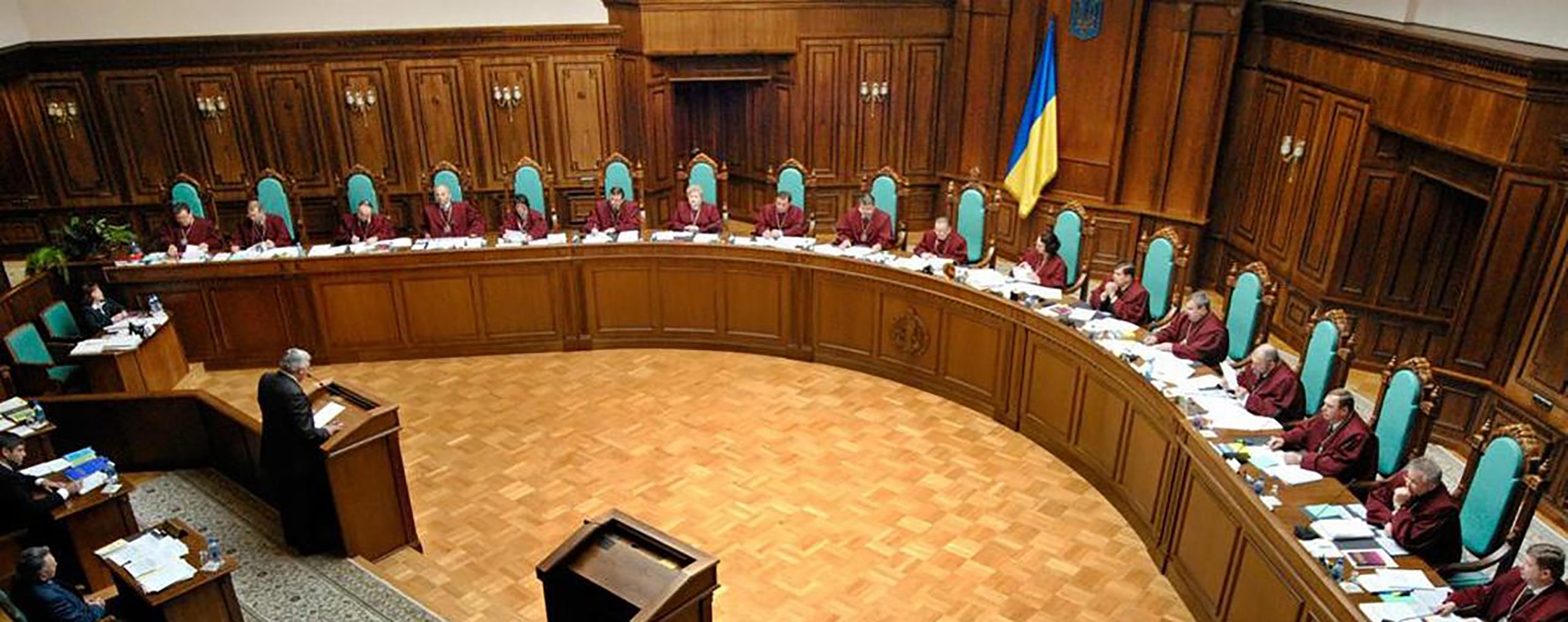Fill out the form:

Civil offenses related to armed conflict
Civil law covers offenses related to armed conflict, which may include bodily injury, death and property damage. Although the main aspects of these offenses are usually dealt with in the context of criminal law, civil law allows victims to obtain compensation for damages through legal actions. Here is a detailed description of the main types of civil offenses related to armed conflicts:
1. Bodily injuries
Bodily injuries include any physical damage or harm caused to a person during an armed conflict. These can be:
- Injuries : Gunshot wounds, shrapnel wounds, stab wounds.
- Injuries : Fractures, burns, amputations.
- Psychological injuries : Post-traumatic stress disorder (PTSD), anxiety disorders, depression.
2. Death
Death due to armed conflict can be caused by various factors, such as:
- Direct combat operations : Death due to attacks, shelling, bombing.
- Indirect consequences : Death due to lack of medical care, lack of food, water or disease caused by the conditions of the conflict.
3. Property damage
Property damage covers material damage caused to individuals or legal entities during an armed conflict. These can be:
- Destruction of housing : Destruction of houses, apartments, residential buildings.
- Infrastructure damage : Destruction of roads, bridges, communications.
- Business Destruction : Damage or destruction of businesses, offices, shops.
- Loss of personal property : Destruction or theft of cars, furniture, valuables.
Liability and Indemnification
Civil law provides opportunities for victims of armed conflict to claim compensation for damages. The main mechanisms include:
- Lawsuits : Victims can file lawsuits in courts to obtain compensation from states, organizations, or individuals who caused harm.
- Compensation programs : Governments or international organizations may establish special funds to pay compensation to victims of armed conflicts.
- Insurance : Insurance companies can provide benefits under insurance policies that cover the risks associated with armed conflict.
- International Mechanisms : International tribunals and courts can decide on reparations for victims of violations of international law, including war crimes, crimes against humanity and genocide.
Refund process
- Collection of evidence : Victims or their representatives must collect evidence confirming the damage caused (medical certificates, testimonies, photos, videos, etc.).
- Legal consultation : Consultation with lawyers specialized in the field of international humanitarian law and human rights to prepare a claim.
- Filing a claim : Drawing up and submitting a claim statement to the appropriate court or tribunal.
- Trial : A trial in which the evidence, testimony, and arguments of the parties are considered.
- Verdict and compensation : In the case of a positive court decision — determination of the amount of compensation and its payment to the victims.
Challenges in compensation
- Jurisdictional issues : Determining the appropriate court to hear the case.
- Difficulty in gathering evidence : Conditions of armed conflict can make it difficult to gather evidence and testimony.
- Financial instability of the defendants : States or organizations responsible for the damage may not have sufficient funds for compensation.
- Political obstacles : Lack of political will on the part of governments or international organizations to ensure compensation payments.
Reparation for civilian offenses related to armed conflict is an important aspect of justice and restorative justice for victims. However, this process is often complex and lengthy, requiring efforts from national and international authorities, legal professionals and civil society.

 English
English  Українська
Українська